Early-Career Neuroscientists Resource Center
Recent articles
News, perspectives and resources to help navigate the early stages of your neuroscience career
FEATURED
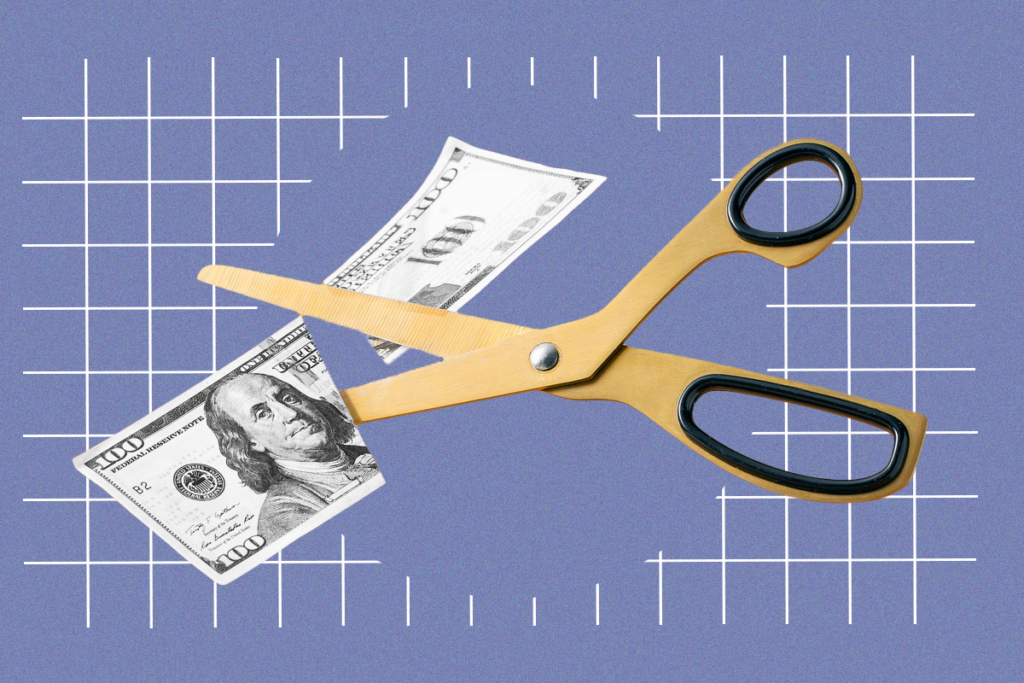
Exclusive: NIH nixes funds for several pre- and postdoctoral training programs

RESOURCES
Early-career researcher action potentials
🚨Job alert🚨 We’re recruiting for another PhD position at MaCSBio @macsbio.bsky.social, focused on computational neuroscience. Come work on brain, sound, and computational models, co-supervised by myself and Ryszard Auksztulewicz @auksz.bsky.social 🗓️ Apply by 18 May 🔗 tinyurl.com/bdhtwuzs
— Michelle Moerel (@mmoerel.bsky.social) April 15, 2025 at 10:27 AM
[image or embed]
Upcoming online seminars



News and perspectives

Five things to know if your federal grant is terminated

The future of neuroscience research at U.S. minority-serving institutions is in danger

Calculating neuroscience’s carbon cost: Q&A with Stefan Pulver and William Smith
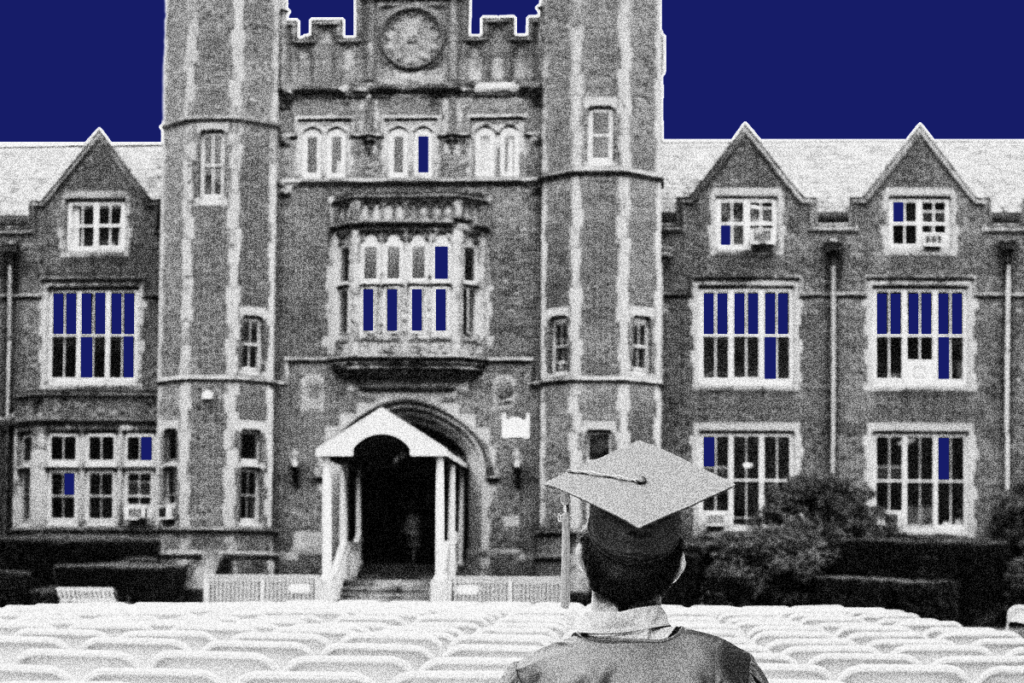
Neuroscience Ph.D. programs adjust admissions in response to U.S. funding uncertainty
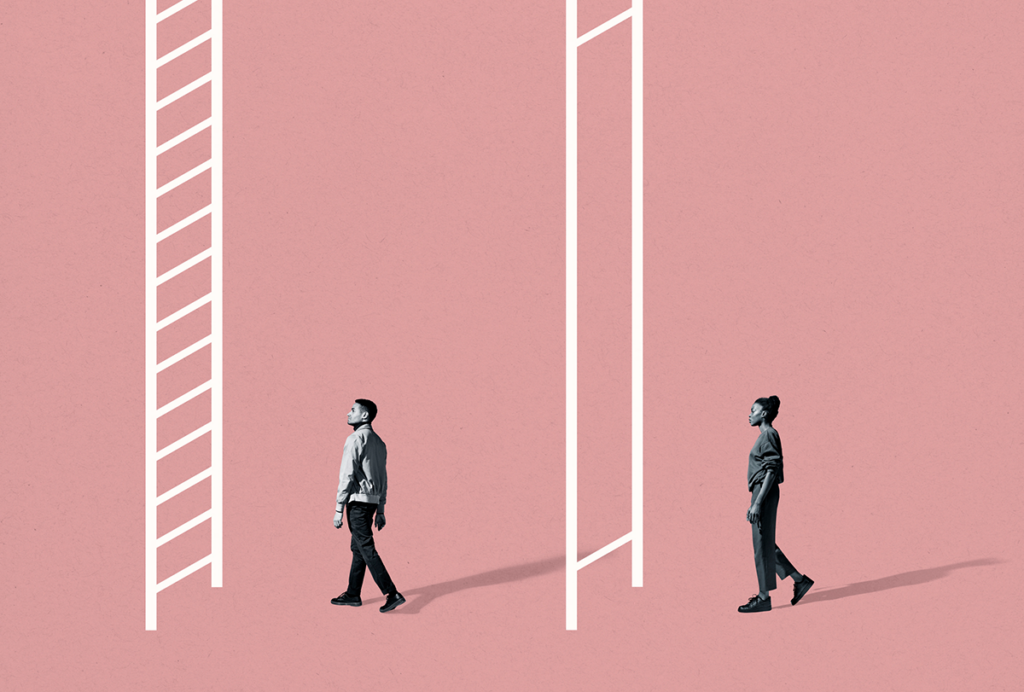
Adapt or die: Safeguarding the future of diversity and inclusion funding in neuroscience

How to teach students about science funding
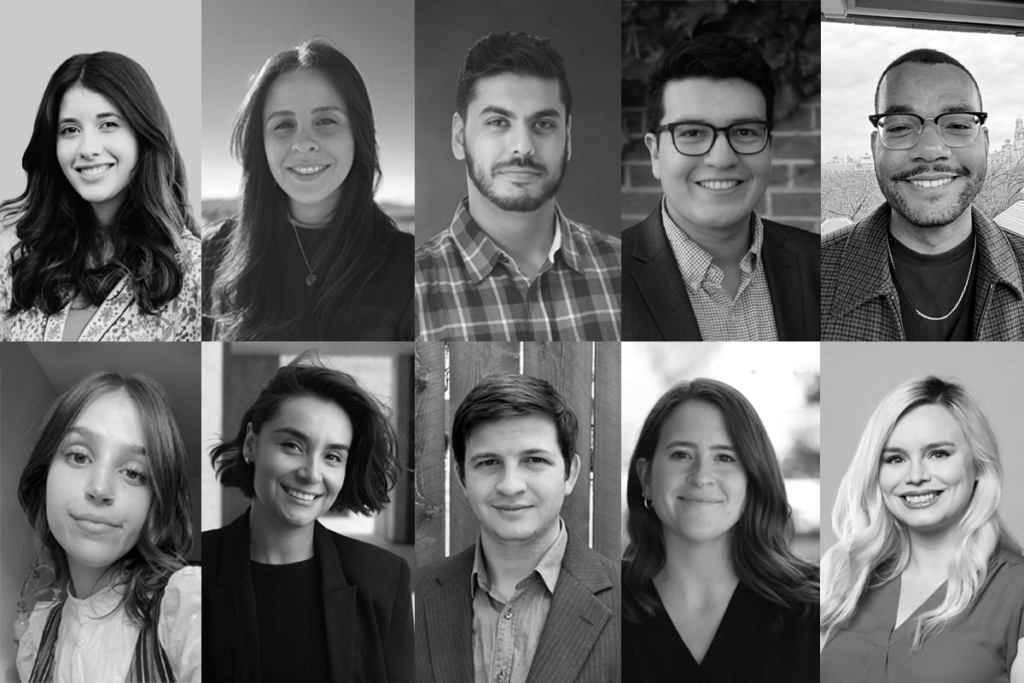
‘A gut punch:’ How U.S. neuroscience trainees are grappling with diversity-based funding flux
About-faces in U.S. federal science funding put neuroscientists on edge
“It’s hard to know what’s real,” says neuroscientist Josh Dubnau after a dizzying week in which diversity-related grant applications were pulled from study sections only to be reinstated five days later, among other reversals.

About-faces in U.S. federal science funding put neuroscientists on edge
“It’s hard to know what’s real,” says neuroscientist Josh Dubnau after a dizzying week in which diversity-related grant applications were pulled from study sections only to be reinstated five days later, among other reversals.
How eight initiatives are tackling neuroscience’s gender gap
In honor of today’s International Day of Women and Girls in Science, The Transmitter spoke with some of the women working to bolster their ranks in the field through storytelling podcasts, speaker repositories, social media networks and other community-based advocacy projects.
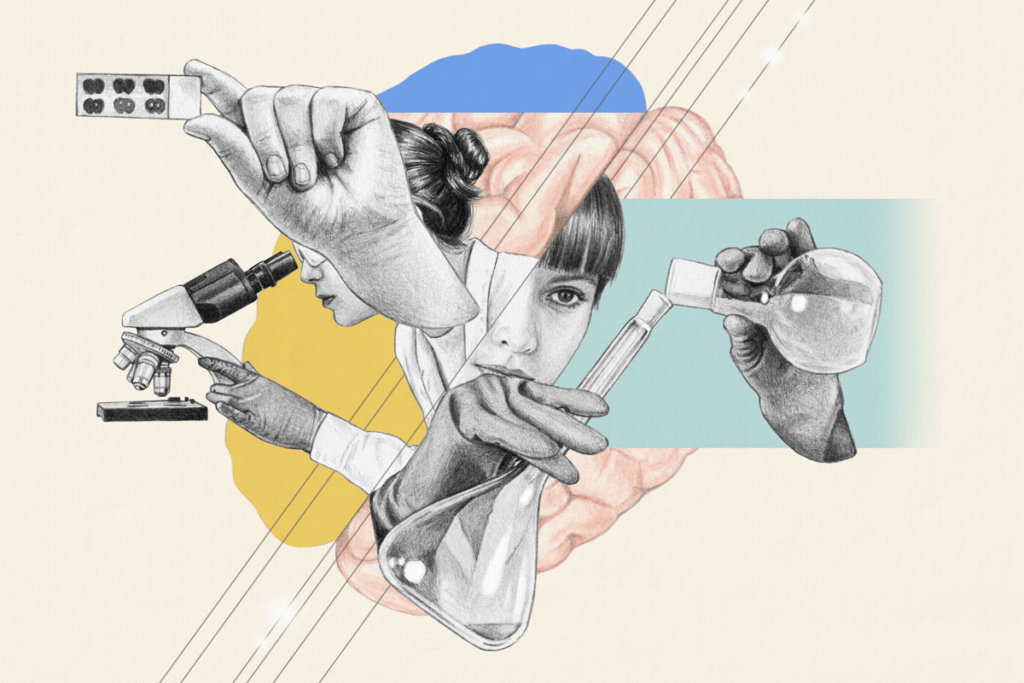
How eight initiatives are tackling neuroscience’s gender gap
In honor of today’s International Day of Women and Girls in Science, The Transmitter spoke with some of the women working to bolster their ranks in the field through storytelling podcasts, speaker repositories, social media networks and other community-based advocacy projects.
Static pay, shrinking prospects fuel neuroscience postdoc decline
Postdoctoral researchers sponsored by the National Institutes of Health now toil longer than ever before, for less money. They are responding accordingly.

Static pay, shrinking prospects fuel neuroscience postdoc decline
Postdoctoral researchers sponsored by the National Institutes of Health now toil longer than ever before, for less money. They are responding accordingly.
Neuroscientists fear Trump’s DEI order may tank diversity-focused grants
Programs that prioritize diversity, equity and inclusion in the field may be at risk, leaving researchers in a “holding pattern,” according to one grant recipient.

Neuroscientists fear Trump’s DEI order may tank diversity-focused grants
Programs that prioritize diversity, equity and inclusion in the field may be at risk, leaving researchers in a “holding pattern,” according to one grant recipient.
Neuroscientists need to do better at explaining basic mental health research
The knowledge gap between scientists, health-care professionals, policymakers and people with mental health conditions is growing, slowing the translation of basic science to new treatments. Like lawyers learning to present a case to the court, scientists should learn to educate nonscientists about their findings.
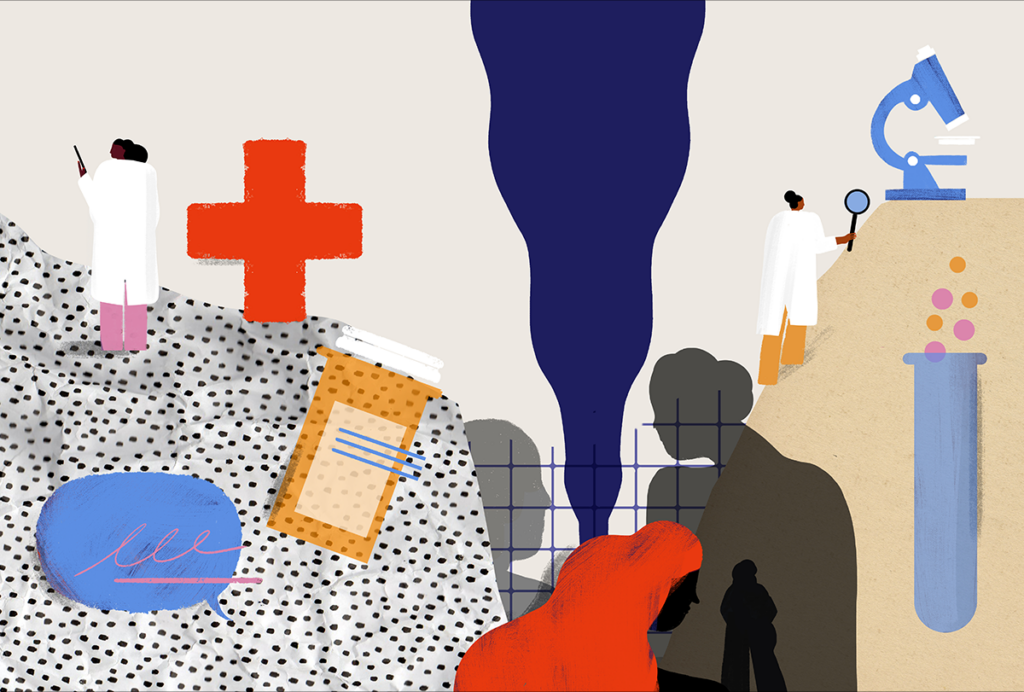
Neuroscientists need to do better at explaining basic mental health research
The knowledge gap between scientists, health-care professionals, policymakers and people with mental health conditions is growing, slowing the translation of basic science to new treatments. Like lawyers learning to present a case to the court, scientists should learn to educate nonscientists about their findings.
Explore more from The Transmitter
During decision-making, brain shows multiple distinct subtypes of activity
Person-to-person variability in brain activity might represent meaningful differences in cognitive processes, rather than random noise.
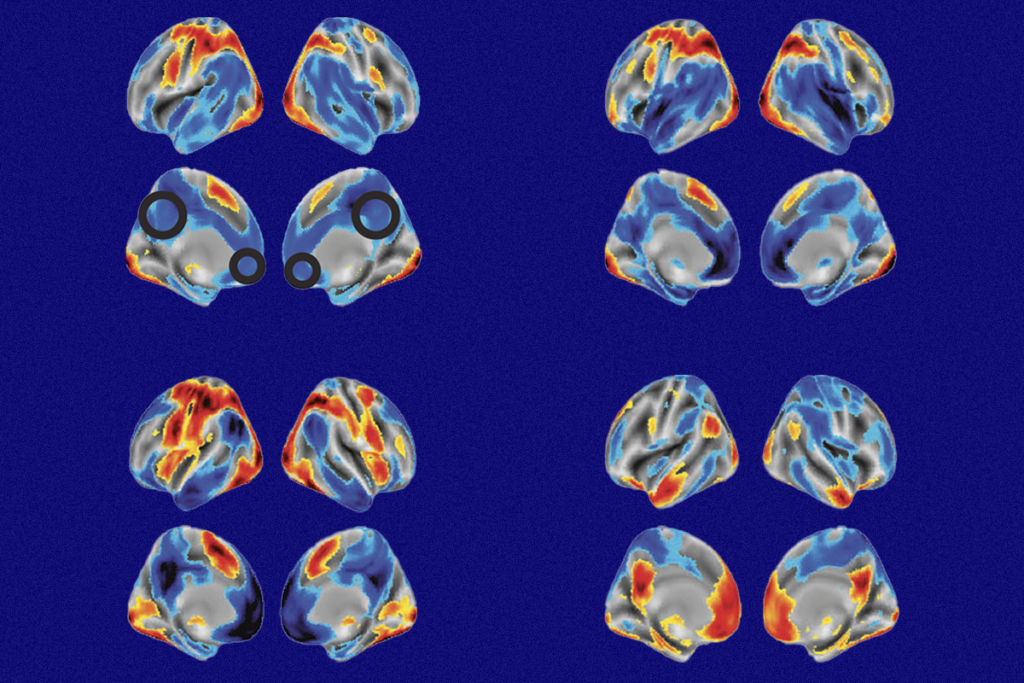
During decision-making, brain shows multiple distinct subtypes of activity
Person-to-person variability in brain activity might represent meaningful differences in cognitive processes, rather than random noise.
Basic pain research ‘is not working’: Q&A with Steven Prescott and Stéphanie Ratté
Prescott and Ratté critique the clinical relevance of preclinical studies in the field and highlight areas for improvement.
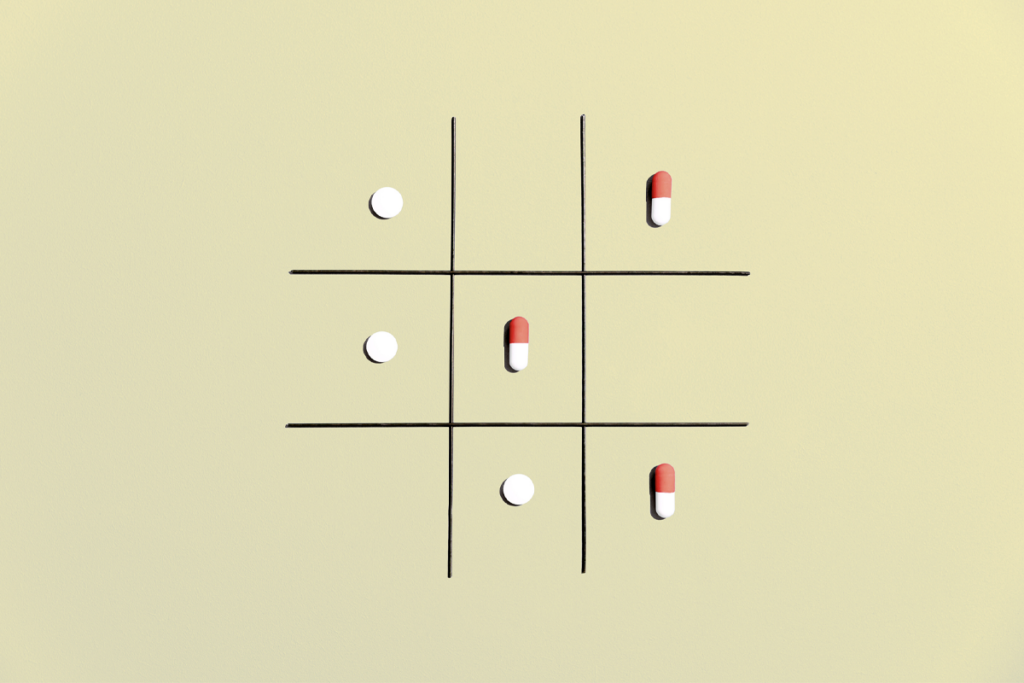
Basic pain research ‘is not working’: Q&A with Steven Prescott and Stéphanie Ratté
Prescott and Ratté critique the clinical relevance of preclinical studies in the field and highlight areas for improvement.
Proposed NIH budget cut threatens ‘massive destruction of American science’
A leaked draft of a Trump administration proposal includes an approximately 40 percent cut to the National Institutes of Health’s budget and a major reorganization of its 27 institutes and centers.
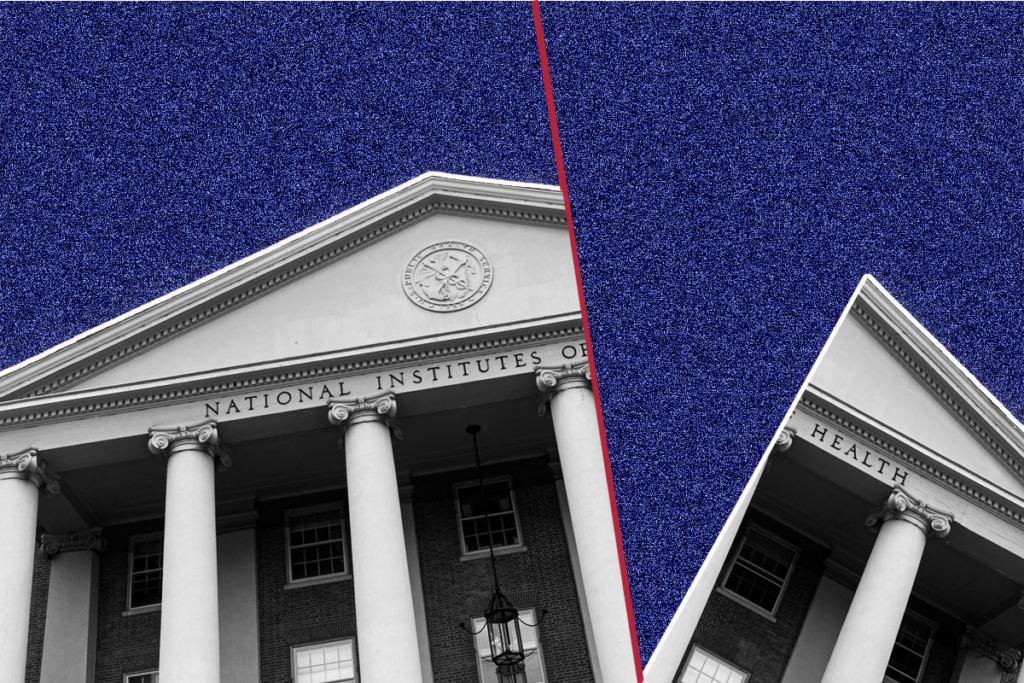
Proposed NIH budget cut threatens ‘massive destruction of American science’
A leaked draft of a Trump administration proposal includes an approximately 40 percent cut to the National Institutes of Health’s budget and a major reorganization of its 27 institutes and centers.
